
How to Keep Your Kubernetes Deployments and Containers Secure with Amazon EKS

5 Key Approaches to Cost Optimization on Amazon ECS and AWS Fargate

4 Key Approaches to Kubernetes Cost Optimization
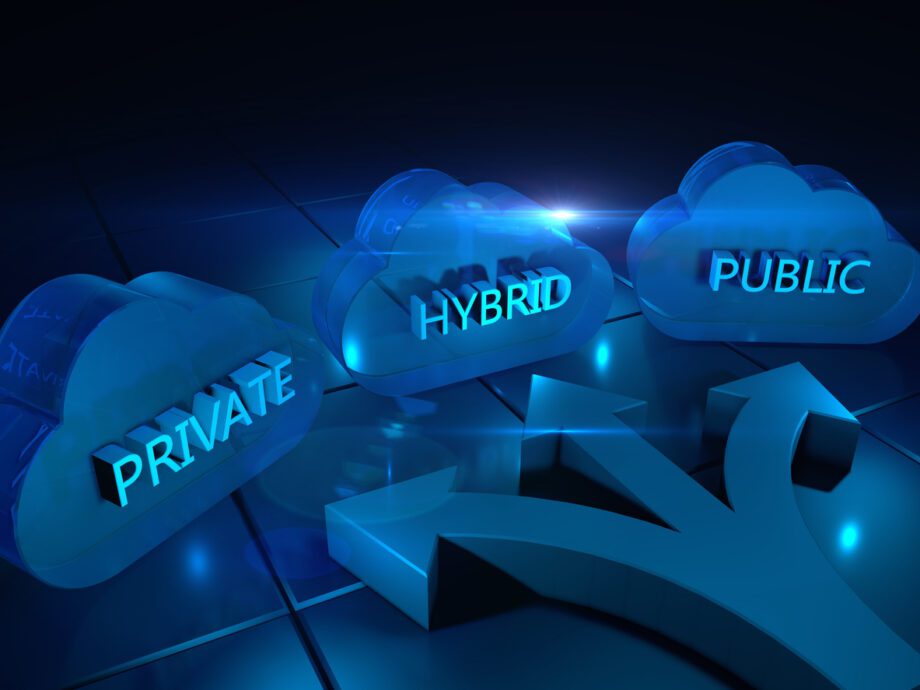
How to Be Successful with Multi-cloud and Hybrid Cloud Setups

What are the Benefits of Using Containers?

Microservices Observability

What Are Containers?

How to Implement Logging and Tracing for Containers
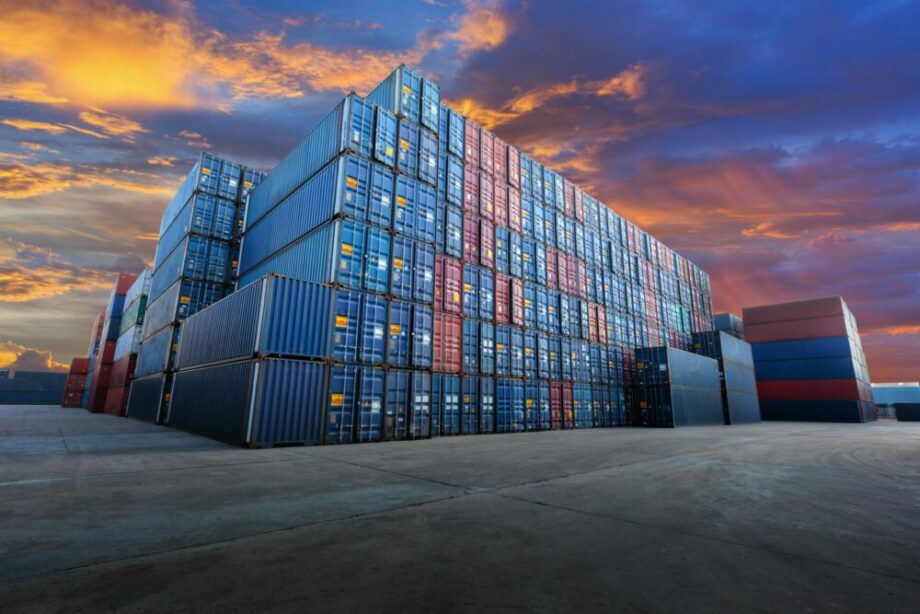
20 Kubernetes Best Practices and Recommendations
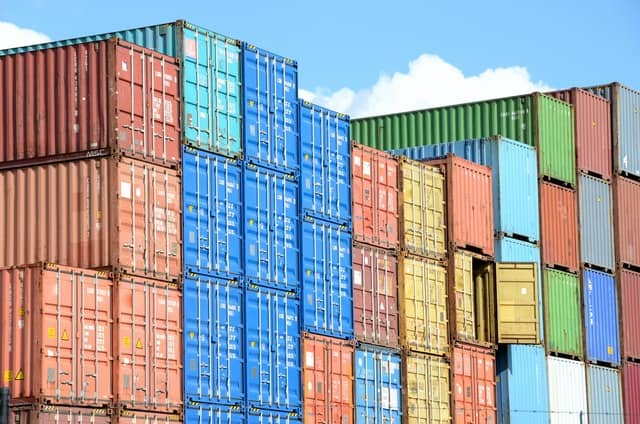
Container Orchestration: ECS vs EKS

Considerations for Choosing Serverless, Containers or Both
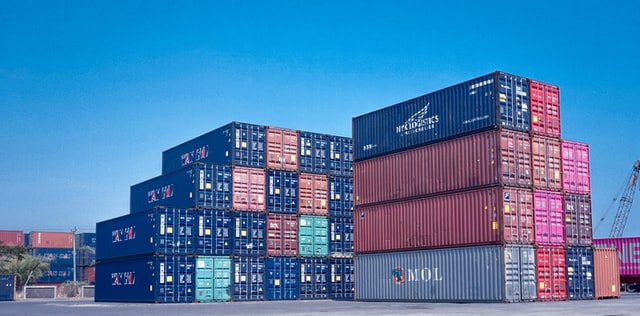
Container Security Risks and Remedies

Best Practices for Kubernetes on AWS - Takeaways from re:Invent 2020

Microservices and Containers: A Match That Benefits Application Modernization

Cloud-Native App Development: Containers and Serverless Computing

How Containers Facilitate Cloud-native App Development

AWS Stands Out for App Modernization

The Road to the Cloud Entails Containers

Securing AWS EKS with Calico and Kube2iam
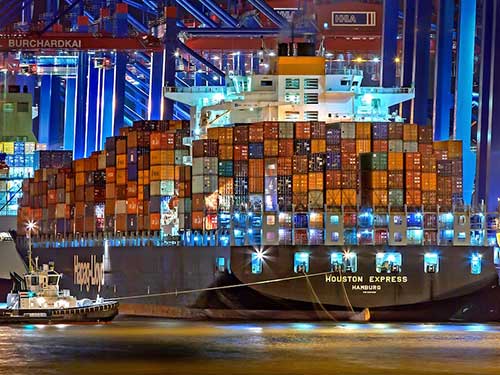
Freeing Up Local IT Resources by Outsourcing Container Infrastructure to AWS Fargate

Recognizing the Power of AWS Elastic Kubernetes Service

Monolithic App to Microservice Transformation

Implementing an OpenShift/Kubernetes Container Management System on AWS Platform

Leveraging AWS and Containers to Develop a Secure and Robust Cloud Infrastructure for a Financial Platform
